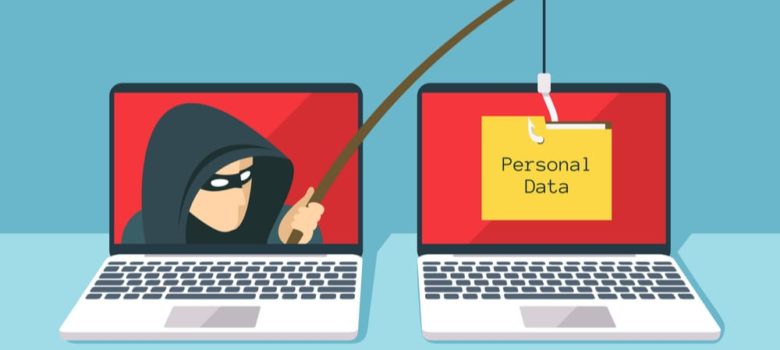
- Mar. 28
- Richard Parker
3 Surprising Behaviors That Can Make You Vulnerable to Scams
Most of us know that scams are relatively commonplace, and have been for time immemorial. While legal and government authorities do all they can to clamp down on the various types of scams in existence, the simple reality is that there’s no possible way to prevent scamming entirely – avoiding scams will always, at least in some part, fall into the hands of each individual.
Like most people, you’re probably aware of the ways you should behave, and the things you have to avoid doing, to limit your chances of encountering a scam. However, there are a number of everyday behaviors that most of us see as entirely routine and commonplace; behaviors so familiar to our routine that we could never imagine they may result in us falling victim to a con. Unfortunately, scams are so sophisticated that there’s almost no action that can be considered truly “safe” – even simple, standard practices such as…
#1: Moving Home
Moving home should be a relatively straightforward process but, unfortunately, there are numerous property-related scams in existence. Some scams target renters, while others target people who are either buying or, as is particularly common, selling their own home.
There is no easy way to avoid these scams, but the vast majority of property scams rely on an element of urgency. To scammers, the more someone needs to sell their property or find a property to rent, the more vulnerable they are – and sadly, this observation tends to be entirely correct. If people are in a rush to sell their home or secure a new rental property, the chances are that they will overlook the numerous “red flags” they encounter.
As a result, it’s best to be extremely cautious and take your time when buying or renting a property. If you have any reason to be suspicious, be prepared to walk away. If you’re determined to complete a sale or sign a lease as soon as possible, the chances are that your guard will be down; instead, remain cautious, and say “no” if something doesn’t quite seem right.
#2: Opening an Email
Most internet users will be familiar with the idea that they should be cautious when opening an email in order to protect their online security; if you’re unfamiliar with this advice, it’s best to start by learning what a phishing attack is and how to identify one for yourself.
However, email scams have become increasingly sophisticated over the years, to the point where even the savviest internet user can experience problems. The matter is further complicated by the fact that even the biggest brands in the world occasionally send emails that look like phishing emails, which is far from ideal.
As a result, protecting your security when using email is – and probably always will be – incredibly challenging. Ultimately, the only option is to keep your suspicion levels high, seeing every single email you receive as guilty until you are sure it is innocent. While this level of suspicion is undoubtedly uncomfortable, it does sadly appear to be necessary in the modern world.
#3: Inserting Your Debit or Credit Card into a Card Reader
Whether it’s an ATM or a mobile point-of-sale unit, inserting your card into any card reader is always a risky choice – yet it’s something most of us do without a second thought. While these card readers usually include robust security measures, these aren’t always wholly reliable; the moment a new security measure is put in place, a scammer immediately sets to work trying to overcome it.
To avoid these scams, the most obvious answer is just to avoid using card readers, or opt to use contactless options. Unfortunately, these solutions rarely work: card readers are ubiquitous, and contactless cards are far from completely secure. Due to these issues, perhaps the best advice is to attentively monitor your bank account and credit card transactions, so you can identify fraudulent transactions the moment they occur. If you do notice any transactions you don’t recognise, simply contact the company who issued your card immediately; your card will then be cancelled, and the transactions reversed.
Finally, it’s essential to only insert your card into readers that are provided by a reliable, reputable source: for example, an established restaurant or store, or an ATM provided by a bank you recognize. If you have any reason to doubt the authenticity of the reader, err on the side of caution and either decline the transaction or use cash instead.
In Conclusion
As the above points demonstrate, scams can be found throughout all aspects of life – but by ensuring you are aware of how common scams operate, and always remaining on your guard, you should be able to ensure that you can avoid the worst of the threats.



